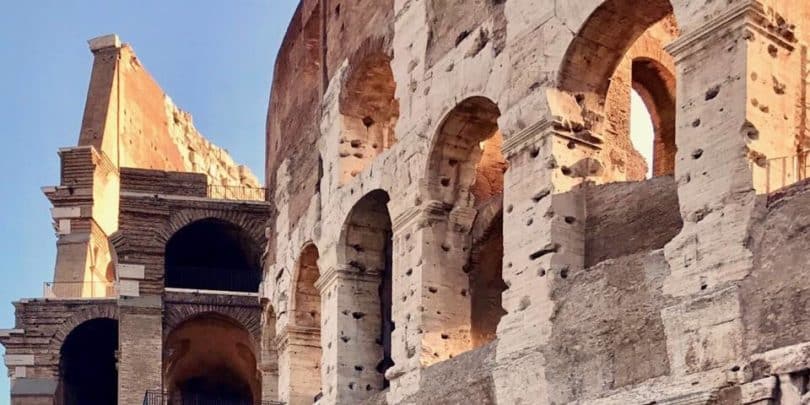More precisely the dating of the elements proves that two main restorations of the colosseum were carried out in the iii century the first probably started at the time of macrinus after a fire and ended.
Marble taken from colosseum.
Preservation of the colosseum began in earnest in the 19th century with notable efforts led by pius viii and a restoration project was undertaken in the 1990s.
When they were looking around for material to build the new saint peter s basilica in the 15th century they figured the colosseum was the closest quarry so when you visit saint peter s today you are also visiting part of the colosseum.
Some of the columns are also made of marble.
All the marble seats and decorative materials disappeared as the site was treated as little more than a quarry for more than 1 000 years.
In 1439 the colosseum travertine was used to build the tribune of st.
Anfiteatro flavio aɱfiteˈaːtro ˈflaːvjo or colosseo kolosˈsɛːo is an oval amphitheatre in the centre of the city of rome italy built of travertine limestone tuff volcanic rock and brick faced concrete it was the largest amphitheatre.
Many palaces and churches were built with stones taken from the colosseum.
Marble is used both in decoration and the entrances of the cavea in colosseum.
The colosseum ˌ k ɒ l ə ˈ s iː ə m kol ə see əm also known as the flavian amphitheatre latin.
The colosseum had a marble façade and marble seats on the inside.
It was made of limestone which is heated.
This should prove that the colosseum suffered such extensive damage that no marble artifacts of the upper portico survived the ii century.
The first three marble rows were for the nobles and special guests.
It has long been one of rome s major.










